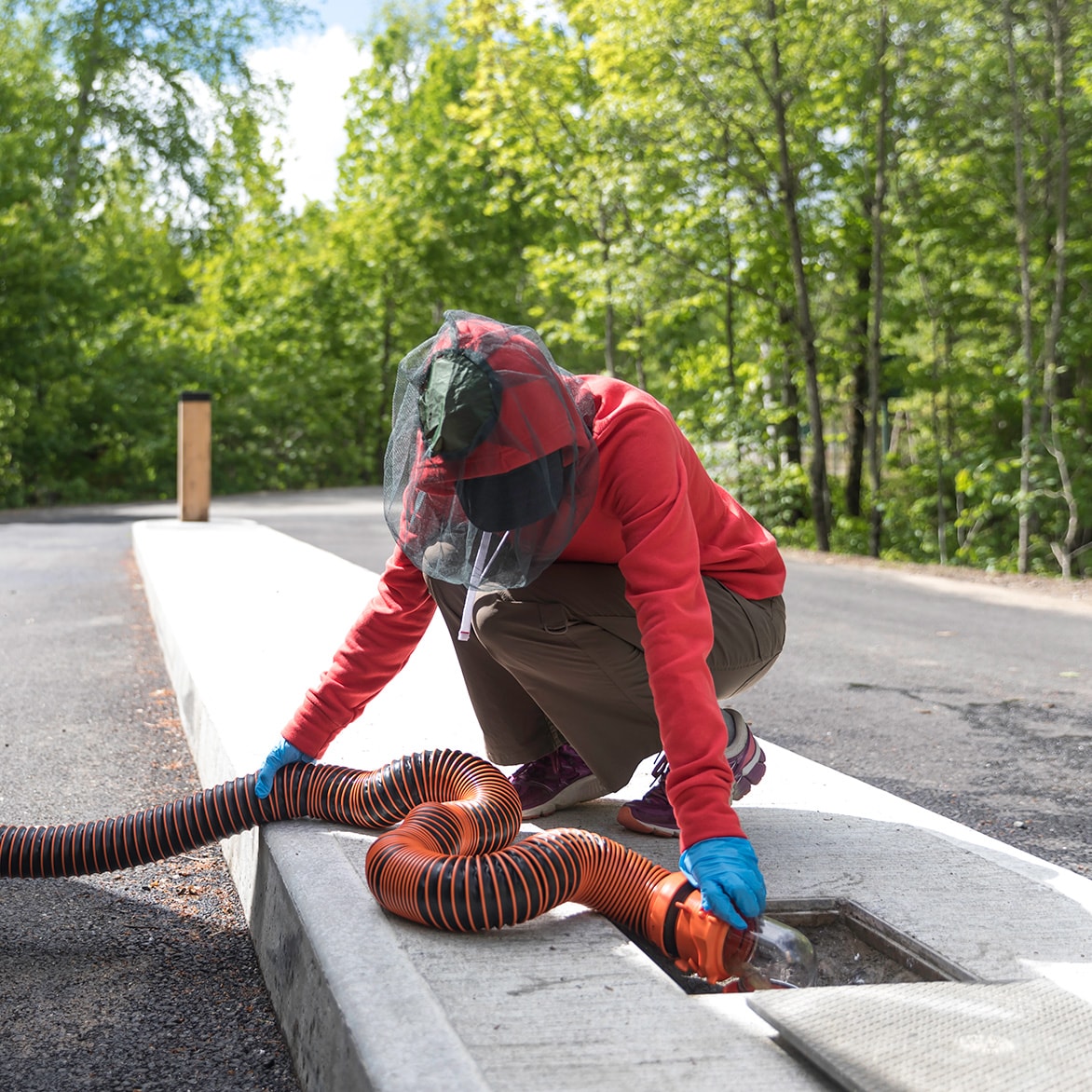SEATTLE PUBLIC UTILITIES (SPU)
The Latest Asset Management Software Helps Seattle Public Utilities Plan Ahead
Share this story
SEATTLE PUBLIC UTILITIES (SPU)
Share this story
Seattle Public Utilities (SPU) is a public utility agency for Seattle, Washington, which provides water, sewer, and drainage services for 1.3 million people in King County.
SPU is forward thinking, with a desire to be more proactive in their pipe inspection rather than reactive with emergency response. Through a concerted effort, SPU developed a strategy for pipe inspection, condition evaluation, risk assessment, capital investment, and implementation planning. The strategy stressed a particular focus on incorporating service equity, increasing efficiencies, securing staffing for implementation, and preparing for adaptive management.
SPU had a strong goal in mind: to be more proactive in their risk assessment strategy than reactive. They wanted to develop and secure funding for a long-term rehabilitation plan for their aging sewer system using innovative asset management software. As they had a lot of older sewer pipes, they wanted to look at their network holistically, and increase sewer pipe rehab efforts.
"We have a relatively old sewer system, the median age of our pipes is just over 80 years old,” detailed Julie Crittenden, Program Manager and Strategic Advisor for SPU. “We have, in the past, been more reactive than proactive, especially around the rehabilitation of our pipes.” This becomes more of a challenge as a sewer system ages. Utilities can, perhaps, be a little more relaxed about how frequently they inspect, but an aging sewer system requires more attention.
Their system perspective was lacking in that they were looking at the system asset-by-asset and not as a whole. To change that, they wanted to make decisions based on assets individually and the system as a whole. “With increasing traffic in our city, working asset-by-asset and having our crews and contractors travel around the city a lot to do work and not grouping that work geographically was really inefficient,” specified Crittenden.
SPU needed to increase their pipe rehabilitation work, get ahead of the undoubtedly increasing deterioration, make better critical decisions, and increase efficiency of the work crew teams to make better use of their time.
The typical rehab process and what they were doing to begin with is as follows:
With this plan, they felt that not only was their capacity to prioritize repair and replacement lacking, but so was their ability to deploy work crews and contractors efficiently. They wanted to refine their process to make better use of work crews and contractors.
With innovative asset management software, SPU was able to build a more proactive rehab program for their system and look at it as a whole, rather than asset-by-asset. Caroline Barlow, PE, Rehabilitation Program Manager for SPU explained, “We took some steps to help improve [our] process and how we can be more efficient with our funding but then also help tell our story of what our need is for future forecasting.”
They knew they needed a more intentional and refined process, now that they had the right tool and resources to do so. “The first step was to develop a deliberate assessment strategy to identify where we needed to be within our system. And that really drives the whole program,” Barlow elaborated. Creating a deliberate assessment strategy was only the first step of many in the new structure Barlow and the SPU team developed. For ultimate success, they established the following steps using state-of-the-art asset management technology:
The hope was that, when they reached the last step, they would have a plan for system rehabilitation decades into the future. “That also established a long-term schedule, not just one- to two-years but looking out 10 to 40 years in forecasting,” Barlow elaborated.
“This is such a large city, we needed to break it up into manageable areas, so instead of focusing on individual assets, we thought we would focus on these management areas,” Barlow continued. “With [the] information for how we could improve our assets, we basically established a schedule. We knew we had to be really deliberate [in] where we were inspecting.”
Now that they had a firm breakdown for next steps and an intentional strategy for rehabilitation, they needed to put their strategy into action. “We needed to update our risk algorithm [to get a better understanding of risk within the system],” said Barlow. “We had another tool that wasn’t working for us, it was essentially broken, and we didn’t have resources to fix that tool, so we decided to adopt [the latest asset management software] to define risk within our system. We [used it] to work through a process where we defined our Likelihood of Failure (LoF) and our Consequence of Failure (CoF) and then...we were able to develop a risk matrix and define rehab windows for our assets.”
The risk matrix feature provides a clear visual for a utility to prioritize pipe repair and replacement. Using it, the team can easily see with green, yellow, orange, and red boxes which pipes need more immediate attention and which are lower priority. This helps the team develop a plan for when these assets should be addressed, whether it’s in three to five years or can wait for 10 to 20 years. It was SPU’s goal to focus on the pipes that fell within that five-year rehab window. Thus, creating a more proactive plan rather than only a reactive response to the pipes that were in the orange and red zones (high priority assets).
By viewing this clear visual with vibrant colors provided by the program, it was easier for the SPU team to identify where they needed to deploy work crews for efficiency and when the work needed to be done through simplified organizing, planning, and reporting.
SPU was able to view problems and strategize solutions for immediate concerns (pipes that needed repair and replacement in the next two- to five-years) as well as create a plan for long-term rehabilitation (look at the whole system 10 to 20 years out). With risk-based prioritization of asset renewal and replacement, SPU was able to understand the risks in the system and where they needed to concentrate their efforts to avoid future pipe failures.
Additionally, their process became more strategic and proactive. In 2017, only 45.6% of their system had ever been inspected. In December 2021, since the new strategy was implemented, they had completed 84% of their inspections and were on-track to fully complete over 90% of their inspections by the start of 2022.
“With [this tool], we used the algorithm to calculate risk," explained Barlow. “What was really helpful for us was that it was able to pull data from three different systems that we use daily but that don’t necessarily work together: Granite, Maximo, and ArcGIS.”
SPU used the other three programs for data input, work orders, maintenance and cleaning, and reviewing spatial data for assets. They needed a tool that could integrate with all of them and found just what they were looking for. SPU pulled all that data into the asset management software and used it to evaluate risk within their system. From that populated data, they were able to develop a rehab action plan and accurate cost projections for additional funding. They were also able to secure funding for rehab efforts and could forecast long-term capital. With risk assessment forecasted into the future, capital improvement planning became easier.
By using the asset condition management and risk planning software solution fit for their utility, they accomplished their goal and even more. They developed 40-year rehabilitation schedule which balances risk, equity, and cost; moved from a reactive to a more proactive position; and increased funding for their rehab efforts, secured for six years and projected for 40 years.
State-of-the-art asset management software allows you to easily develop rehabilitation plans, just like Seattle Public Utilities. The latest Innovyze asset management software enables you to:
All this at the right time, in a way that is justified and repeatable. Contact us to speak with an expert today!


